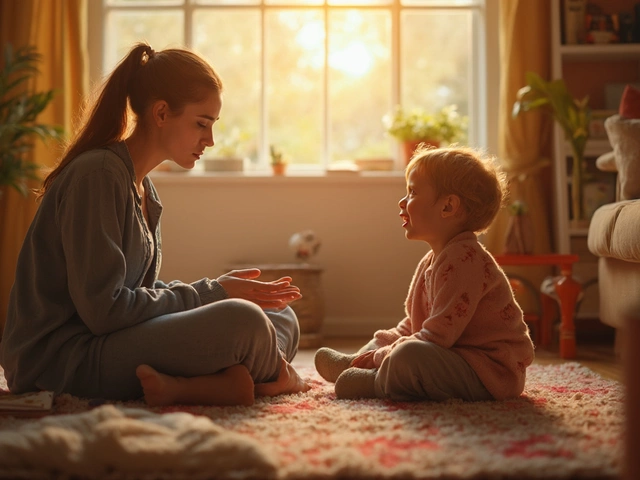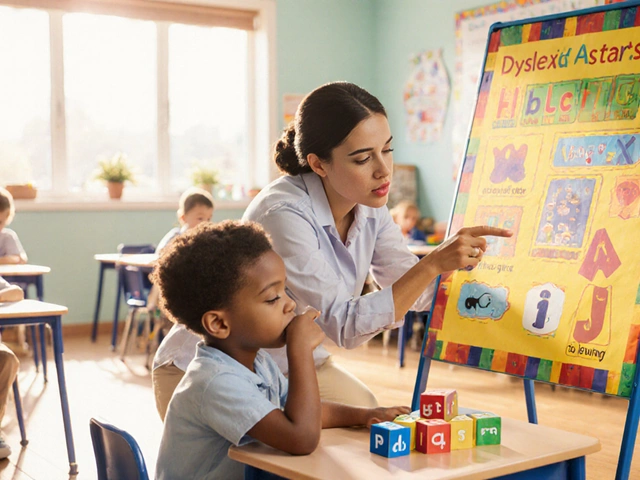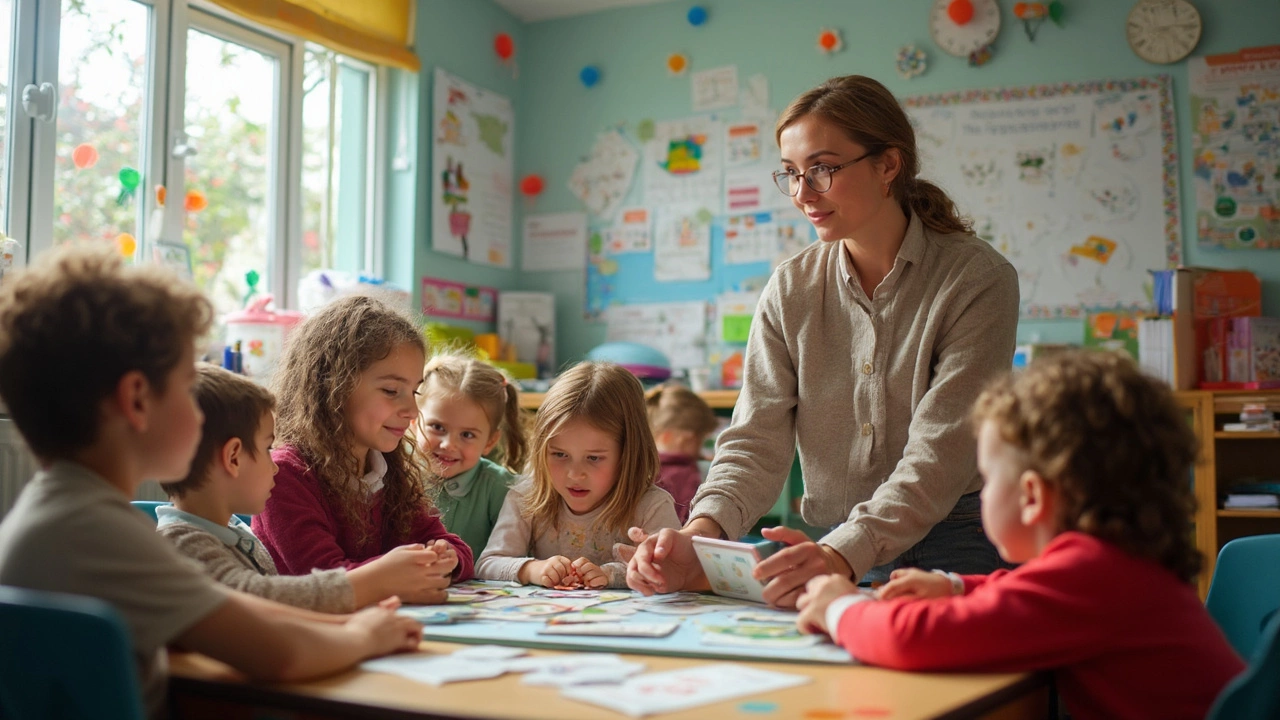Classroom Strategies That Really Work
Every teacher wants a classroom where students stay focused, feel safe, and actually learn. The good news? You don’t need a magic formula—just a handful of proven strategies you can start using right now. Below are bite‑size ideas that fit any subject, age group, or school setting.
1. Keep Lessons Structured but Flexible
Start each lesson with a clear agenda written on the board. A quick "What we’ll do today" list gives students a roadmap and reduces wandering attention. At the same time, leave a 5‑minute slot for questions or a short activity that lets the class explore a point that sparked interest. This mix of structure and freedom keeps the pace lively without losing direction.
Try using a simple visual timer. When the timer hits the next agenda item, announce a brief transition cue—like a clap or a hand signal. Kids respond to predictable cues, and the timer encourages them to stay on task.
2. Make Space for All Learners
Inclusive teaching isn’t a separate lesson; it’s a mindset you weave into everyday practice. Begin by arranging desks in clusters rather than rows. Small groups make it easier for students to help each other, especially those who need a little extra support.
Give instructions in more than one format. Say it out loud, write key points on the board, and if possible, provide a short video clip. Students with different learning styles will latch onto the format that works best for them.
When you notice a student struggling, use a quick “check‑in” strategy: ask a simple, targeted question that lets you gauge understanding without putting them on the spot. A whispered “How’s this part feeling?” can signal you’re there to help without embarrassing them.
3. Use Real‑World Connections
Kids remember facts better when they see why it matters. Turn a history date into a short story about a person living then, or link a math problem to a real‑life budget scenario. Even a quick "How would you use this in your weekend?" gets brains working beyond the textbook.
When you have time, let students create a mini‑project that applies the lesson—like a short podcast, a poster, or a role‑play. The act of turning knowledge into something tangible cements it in memory.
4. Quick Feedback Loops
Instead of waiting for a test, use micro‑assessments every 10‑15 minutes. A thumbs‑up/thumbs‑down, a one‑sentence exit ticket, or a short poll on a phone keeps you informed about who’s keeping up.
Give feedback that’s specific and actionable. Instead of "Good job," say "Your example was clear because you used a real‑life scenario; next time add a visual to make it even stronger." Specific feedback tells students exactly what to repeat and what to tweak.
5. Build a Positive Culture
Start the day with a brief “win” round where each student shares something they’re proud of. It sets a positive tone and helps you spot confidence gaps early. Recognize effort as much as achievement—praise a student who tried a new strategy even if the result wasn’t perfect.
Create a classroom charter together. When students help write the rules, they’re more likely to follow them. Keep the language simple: respect, listen, try, and help.
These classroom strategies don’t require extra time or fancy tech—they’re built on clear communication, inclusive design, and quick feedback. Try mixing a couple of them into your next lesson and see how the energy shifts. Small changes add up, turning any classroom into a space where every student can thrive.






